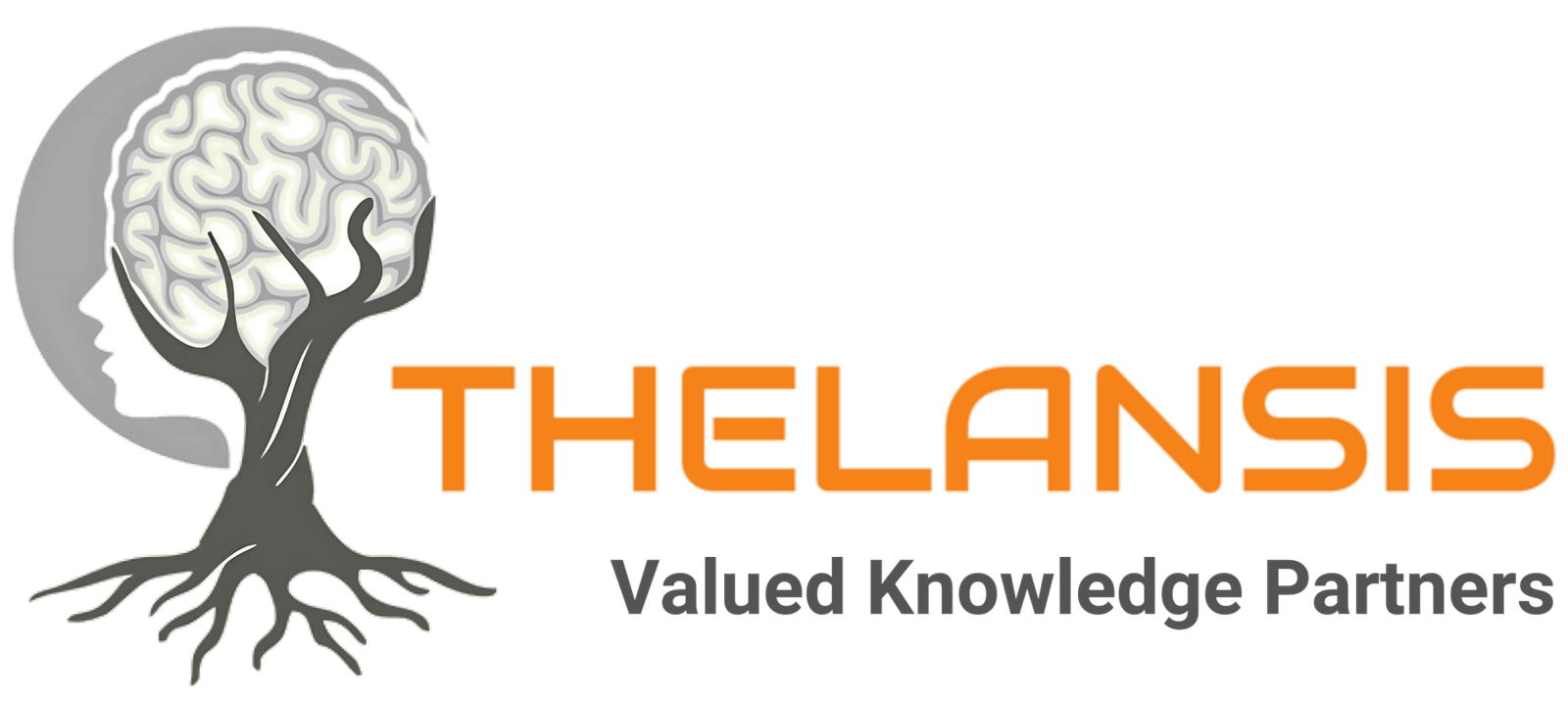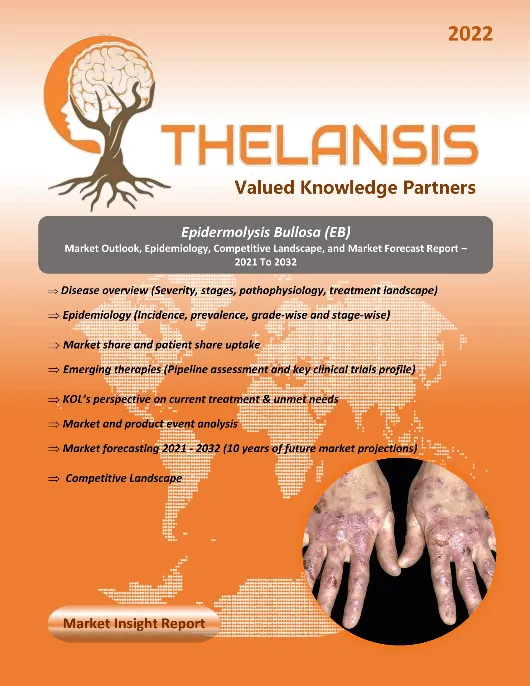Follicular Lymphoma (FL) – Market Access and Reimbursement Insights Report – 2025
- Published Date : February 14, 2025
- Updated On : September 21, 2025
- Pages : 57
Follicular Lymphoma (FL) Market Access and Reimbursement Insights
Thelansis’s “Follicular Lymphoma (FL) Market Access and Reimbursement Insights Report – 2025″ provides comprehensive payer insights on the current and evolving market access and reimbursement environments for branded and emerging drugs in the indication. Our team understands the criticality of payer research and insights generation, as well as their importance during drug development, pre-market launch strategy, and post-marketing activities.
Follicular Lymphoma (FL) Overview
Follicular lymphoma, accounting for approximately 20–30% of all non-Hodgkin lymphomas, is the most common subtype of indolent (low-grade) B-cell lymphoma. It arises from germinal center B cells and is typically identified histologically by neoplastic follicles that disrupt normal lymph node architecture, with tumor cells arranged in circular or clustered patterns. The underlying cause remains unknown, and there is no evidence implicating infectious agents, making the disease non-contagious. More than 90% of cases express CD20, a surface antigen that enables targeted treatment with anti-CD20 monoclonal antibodies such as rituximab. Prognosis and risk assessment are guided by the FLIPI2 (Follicular Lymphoma International Prognostic Index 2), which incorporates clinical parameters including elevated beta-2 microglobulin, bone marrow involvement, hemoglobin levels below 12 g/dL, lymph node diameter exceeding 6 cm, and age over 60. Based on these factors, five-year progression-free survival rates vary significantly: low-risk patients (0 factors) have an 80% survival rate, intermediate-risk (1–2 factors) around 51%, and high-risk (3–5 factors) only 19%. Treatment decisions depend on disease stage, symptom burden, and risk profile, ranging from watchful waiting in asymptomatic cases to immunochemotherapy or targeted agents in advanced disease.
Geography coverage:
G8 (United States, EU5 [France, Germany, Italy, Spain, U.K.], Japan, and China)
Insights driven by surveys* and interviews with payers (e.g., pharmacy directors / medical directors from managed care organizations with Medicare and/or Commercial plans in the United States). If required, primary market research with physicians is also done to understand the impact of reimbursement environment on treatment decisions for current and emerging brands.
*Survey and interview discussion guide are customized based on client requirements
Deliverables format:
- PowerPoint presentation
*As per Thelansis’s policy, we ensure that we include all the recent updates before releasing the report content and market model.
Key business questions answered:
- Market access and reimbursement for current therapies
- Coverage on plans
- Market access restrictions
- Rebates and contracting
- Factors influencing formulary access
- HEOR requirements and influence, etc.
- Expected market access and reimbursement for key emerging therapies
- Level of awareness
- Anticipated coverage on plans
- Factors that would improve market access
- Pricing, etc.
- Impact on brand use
- Key factors driving and limiting brand use
- Best and worst performers on market access, etc.
- Evolving environment
- Payer expectations from emerging therapies
- New policies and their expected impact, etc.
- Advise to drug manufacturers and developers
Follicular Lymphoma (FL) Market Access and Reimbursement Insights
Thelansis’s “Follicular Lymphoma (FL) Market Access and Reimbursement Insights Report – 2025″ provides comprehensive payer insights on the current and evolving market access and reimbursement environments for branded and emerging drugs in the indication. Our team understands the criticality of payer research and insights generation, as well as their importance during drug development, pre-market launch strategy, and post-marketing activities.
Follicular Lymphoma (FL) Overview
Follicular lymphoma, accounting for approximately 20–30% of all non-Hodgkin lymphomas, is the most common subtype of indolent (low-grade) B-cell lymphoma. It arises from germinal center B cells and is typically identified histologically by neoplastic follicles that disrupt normal lymph node architecture, with tumor cells arranged in circular or clustered patterns. The underlying cause remains unknown, and there is no evidence implicating infectious agents, making the disease non-contagious. More than 90% of cases express CD20, a surface antigen that enables targeted treatment with anti-CD20 monoclonal antibodies such as rituximab. Prognosis and risk assessment are guided by the FLIPI2 (Follicular Lymphoma International Prognostic Index 2), which incorporates clinical parameters including elevated beta-2 microglobulin, bone marrow involvement, hemoglobin levels below 12 g/dL, lymph node diameter exceeding 6 cm, and age over 60. Based on these factors, five-year progression-free survival rates vary significantly: low-risk patients (0 factors) have an 80% survival rate, intermediate-risk (1–2 factors) around 51%, and high-risk (3–5 factors) only 19%. Treatment decisions depend on disease stage, symptom burden, and risk profile, ranging from watchful waiting in asymptomatic cases to immunochemotherapy or targeted agents in advanced disease.
Geography coverage:
G8 (United States, EU5 [France, Germany, Italy, Spain, U.K.], Japan, and China)
Insights driven by surveys* and interviews with payers (e.g., pharmacy directors / medical directors from managed care organizations with Medicare and/or Commercial plans in the United States). If required, primary market research with physicians is also done to understand the impact of reimbursement environment on treatment decisions for current and emerging brands.
*Survey and interview discussion guide are customized based on client requirements
Deliverables format:
- PowerPoint presentation
*As per Thelansis’s policy, we ensure that we include all the recent updates before releasing the report content and market model.
Key business questions answered:
- Market access and reimbursement for current therapies
- Coverage on plans
- Market access restrictions
- Rebates and contracting
- Factors influencing formulary access
- HEOR requirements and influence, etc.
- Expected market access and reimbursement for key emerging therapies
- Level of awareness
- Anticipated coverage on plans
- Factors that would improve market access
- Pricing, etc.
- Impact on brand use
- Key factors driving and limiting brand use
- Best and worst performers on market access, etc.
- Evolving environment
- Payer expectations from emerging therapies
- New policies and their expected impact, etc.
- Advise to drug manufacturers and developers
1. Key Findings and Analyst Commentary
- Key trends: market snapshots, SWOT analysis, commercial benefits and risk,etc.
2. Disease Context
- Disease definition, classification, etiology and pathophysiology, drug targets,etc.
3. Epidemiology
- Key takeaways
- Incidence / Prevalence
- Diagnosed and Drug-Treated populations
- Comorbidities
- Other relevant patient segments
4. Market Size and Forecast
- Key takeaways
- Market drivers and constraints
- Drug-class specific trends
- Country-specific trends
5. Competitive Landscape
- Current therapies
- Key takeaways
- Dx and Tx journey/algorithm
- Key current therapies – profiles and KOL insights
- Emerging therapies
- Key takeaways
- Notable late-phase emerging therapies – profiles, launch expectations, KOL insights
- Notable early-phase pipeline
6. Unmet Need and TPP Analysis
- Top unmet needs and future attainment by emerging therapies
- TPP analysis and KOL expectations
7. Regulatory and Reimbursement Environments (by country and payer insights)
8. Appendix (e.g., bibliography, methodology)
Table of contents (TOC)
1. Key Findings and Analyst Commentary
- Key trends: market snapshots, SWOT analysis, commercial benefits and risk,etc.
2. Disease Context
- Disease definition, classification, etiology and pathophysiology, drug targets,etc.
3. Epidemiology
- Key takeaways
- Incidence / Prevalence
- Diagnosed and Drug-Treated populations
- Comorbidities
- Other relevant patient segments
4. Market Size and Forecast
- Key takeaways
- Market drivers and constraints
- Drug-class specific trends
- Country-specific trends
5. Competitive Landscape
- Current therapies
- Key takeaways
- Dx and Tx journey/algorithm
- Key current therapies – profiles and KOL insights
- Emerging therapies
- Key takeaways
- Notable late-phase emerging therapies – profiles, launch expectations, KOL insights
- Notable early-phase pipeline
6. Unmet Need and TPP Analysis
- Top unmet needs and future attainment by emerging therapies
- TPP analysis and KOL expectations
7. Regulatory and Reimbursement Environments (by country and payer insights)
8. Appendix (e.g., bibliography, methodology)


